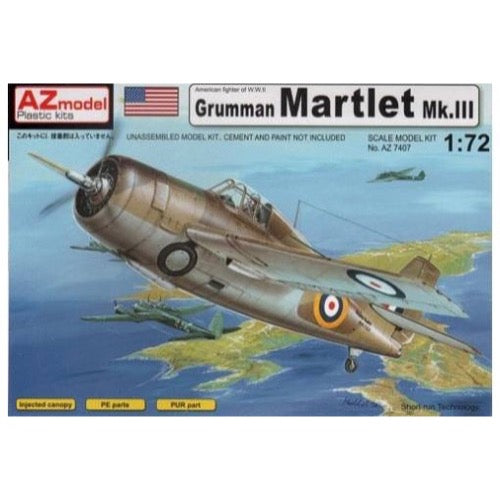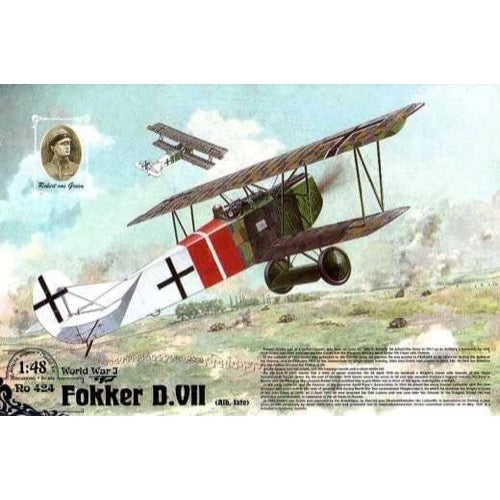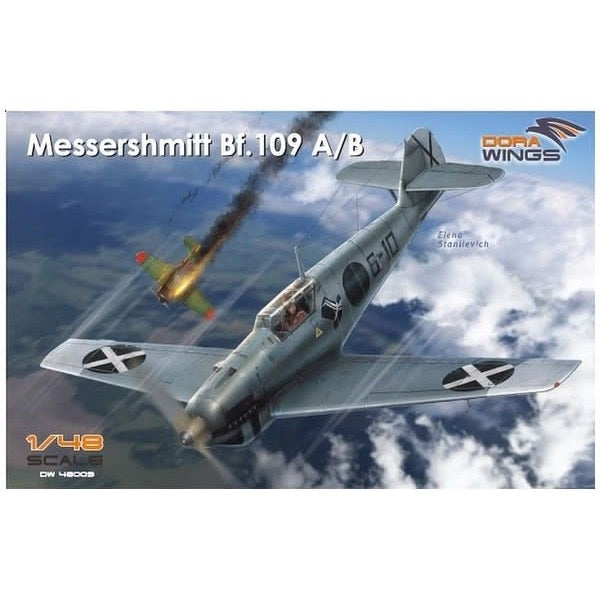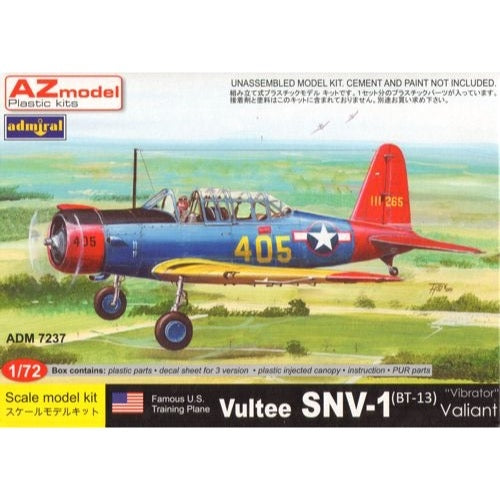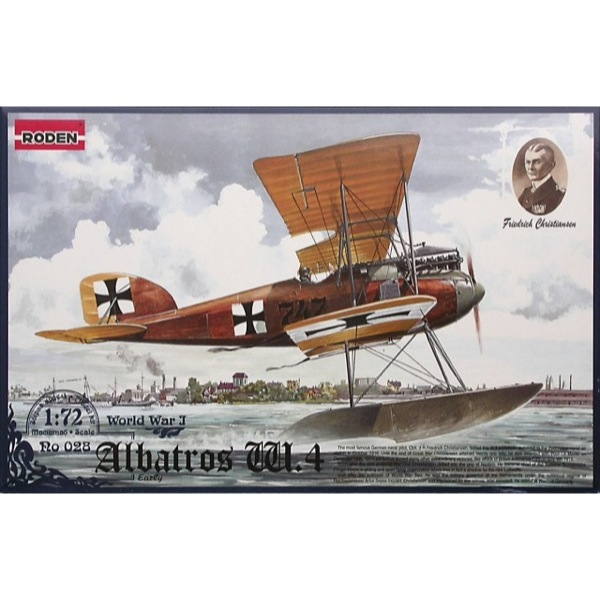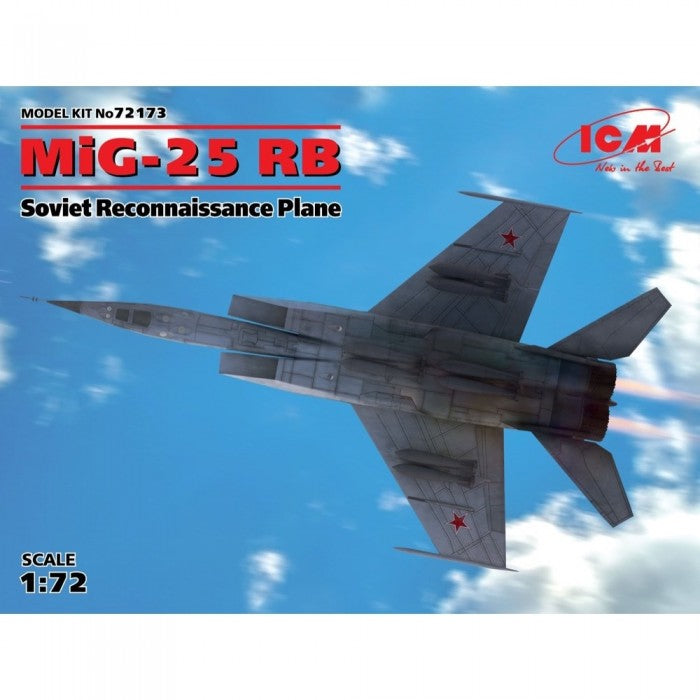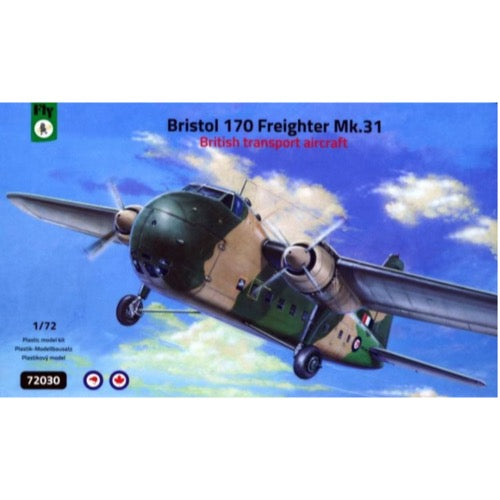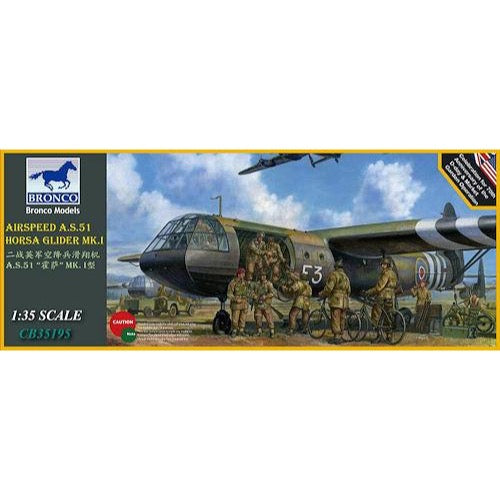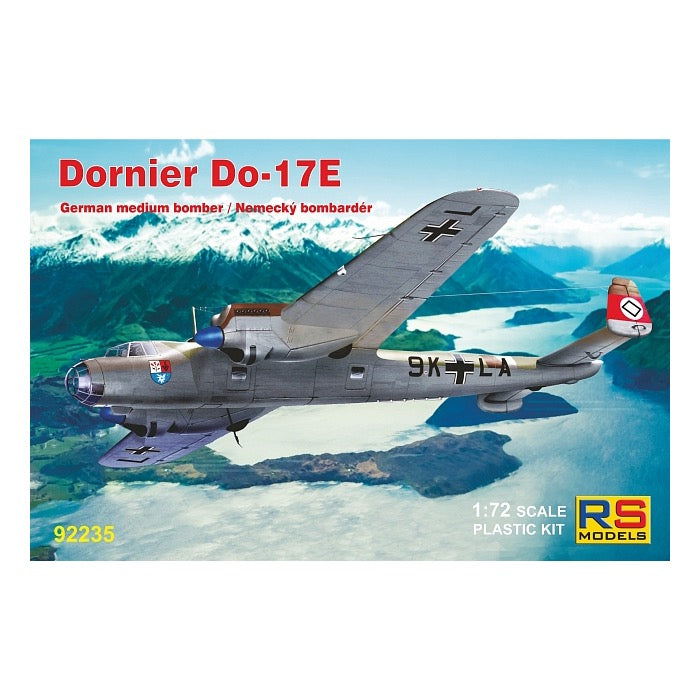
RS Models 92235 1/72 Dornier 17 E
28.00
$
<p>The Dornier Do 17, sometimes referred to as the Fliegender Bleistift ("flying pencil"), is a light bomber of Nazi Germany during World War II. It was produced by Claudius Dornier's company, Dornier Flugzeugwerke. The aircraft was designed as a Schnellbomber ("fast bomber"), a light bomber which, in theory, would be so fast that it could outrun defending fighter aircraft.</p>
<p>The Dornier was designed with two engines mounted on a "shoulder wing" structure and possessed a twin tail fin configuration. The type was popular among its crews due to its handling, especially at low altitude, which made the Do 17 harder to hit than other German bombers.</p>
<p>Designed in the early 1930s, it was one of the three main Luftwaffe bomber types used in the first three years of the war. The Do 17 made its combat debut in 1937 during the Spanish Civil War, operating in the Condor Legion in various roles. Along with the Heinkel He 111 it was the main bomber type of the German air arm in 1939–1940. The Dornier was used throughout the early war, and saw action in significant numbers in every major campaign theatre as a front line aircraft until the end of 1941, when its effectiveness and usage was curtailed as its bomb load and range were limited.</p>
<p>Production of the Dornier ended in mid-1940, in favour of the newer and more powerful Junkers Ju 88. The successor of the Do 17 was the much more powerful Dornier Do 217, which started to appear in strength in 1942. Even so, the Do 17 continued service in the Luftwaffe in various roles until the end of the war, as a glider tug, research and trainer aircraft. A considerable number of surviving examples were sent to other Axis nations as well as countries like Finland. Few Dornier Do 17s survived the war and the last was scrapped in Finland in 1952.</p>
<p>On 3 September 2010, the Royal Air Force Museum London announced the discovery of a Henschel-built Dornier Do 17Z buried in the Goodwin Sands off the coast of Kent, England. On 10 June 2013, the salvage team raised the airframe from the seabed.</p>
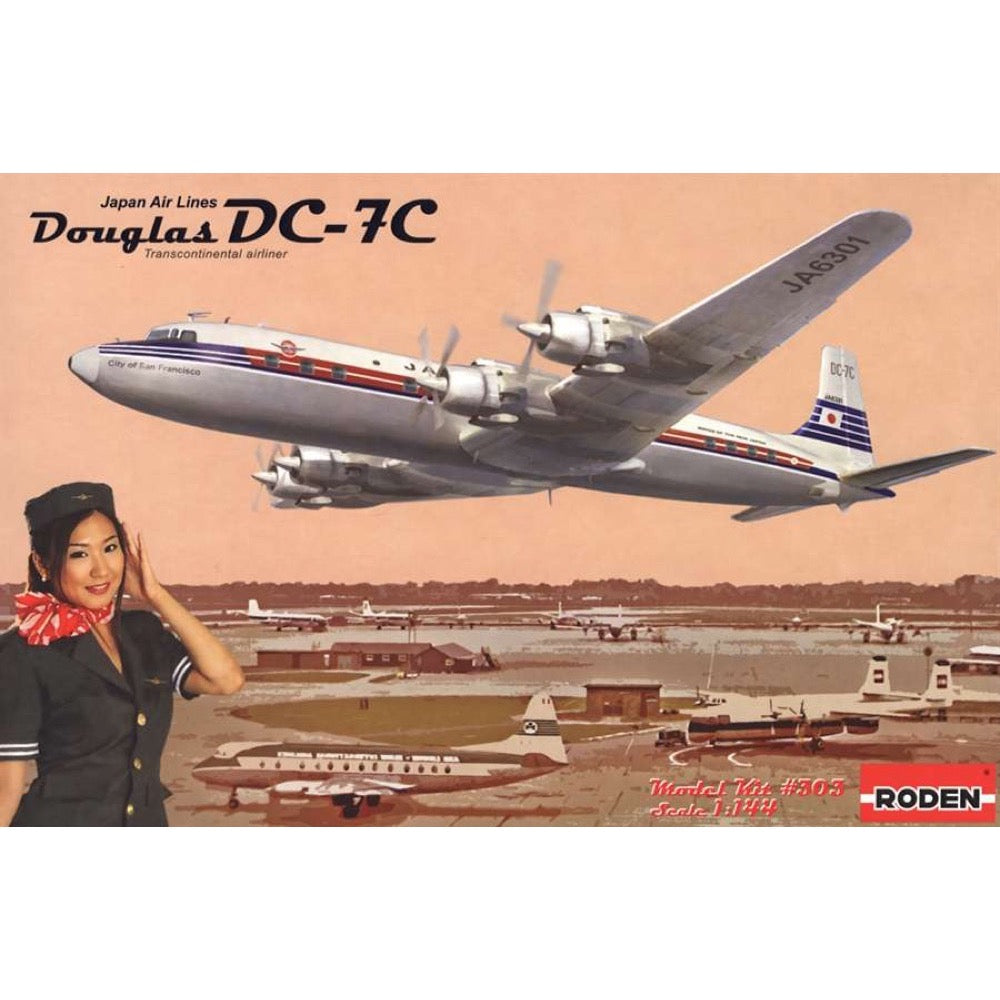
Roden 303 1/144 DC-7C Japan Air Lines
14.00
$
<p>Douglas 4-engine airliner, extended range intercontinental 'Seven Seas' variant. Kit has engraved panel lines, cockpit floor with cabin bulkhead, complex propellers (separate blades with 2-piece spinners), raised-relief radial engine faces and detailed undercarriage. Decals and painting reference for a single aircraft of Japan Air Lines: JA6301 'City of San Francisco' during 1959.</p>
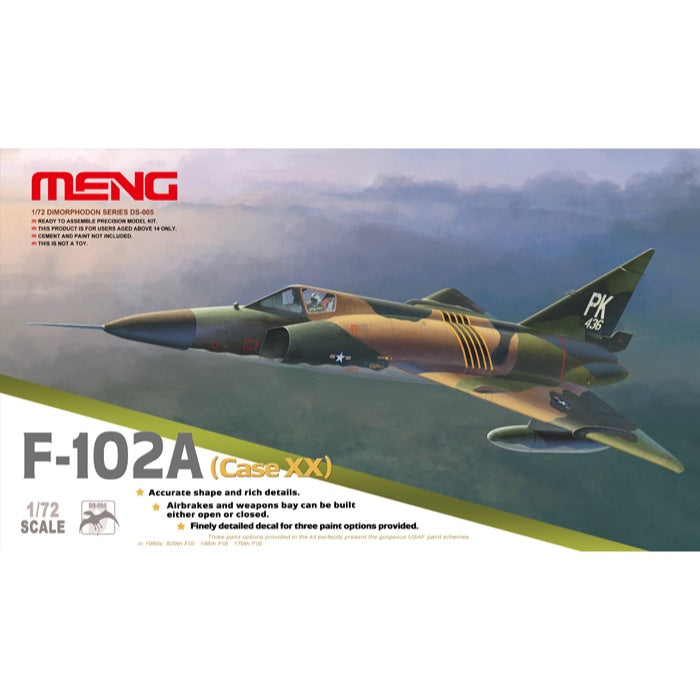
Meng DS-005 1/72 F-102A
15.00
$
<p><b>F-102A (CASE XX)</b></p><p>F-102A Delta Dagger, designed and manufactured by Convair_was the first supersonic all-weather interceptor and also the world's first aircraft applied the 'Area Rule'. There were two different wings for the F-102As: the 'Case X' and 'Case XX' wings. The F-102As were mainly deployed in North America, while a small number of them were deployed in overseas bases during its service. F-102As also served in Vietnam War. After being retired from USAF, a part of F-102 aircrafts were transferred to the United States Air National Guard and others sold to Greece and Turkey.</p><p><b>KIT INFO</b></p><p>1/72 scale plastic model kit of F-102A Delta Dagger. It's 289mm in total length and 161mm in width. Its unique shape has been accurately modeled, with wide wings and subtle wing angles precisely reproduced. The cockpit is detailed and its canopy can also be built either open or closed. The weapons bay is precisely reproduced and the kit contains folded and unfolded pylons and two types of missiles. Both landing gears and airbrakes can be built either open or closed. Three paint options are provided.</p>
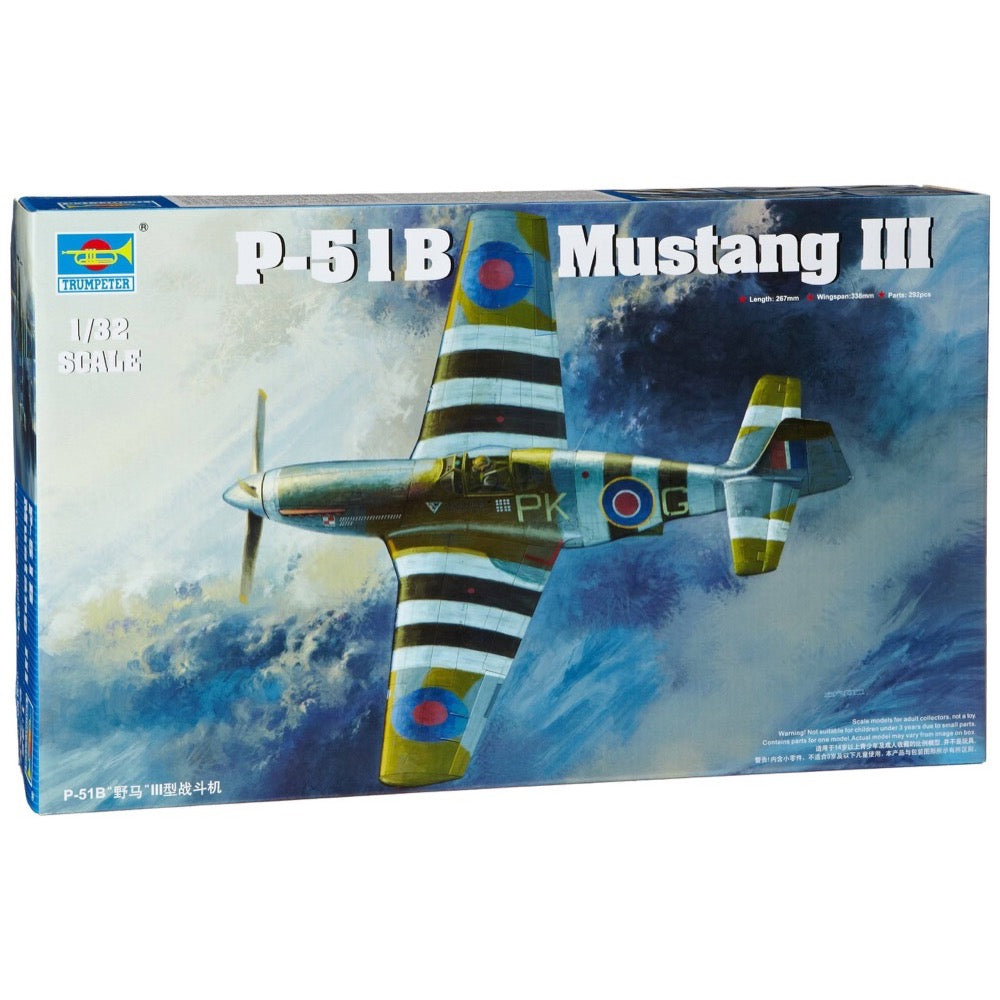
Trumpeter 02283 1/32 RAF Mustang III (P-51B/C) Australian Decals
29.00
$
<h3>The P-51 project began in 1940.</h3>
<p>It took only 120 days from the British request for development to the completion of the prototype aircraft production and assembly. The Royal Air Force referred to the new aircraft as the "Mustang".</p>
<p>In December 1943, the P-51B joined the British station in England. The 354th Fighter Wing of the 9th Army of the United States Marine Corps began its legendary service career. At the same time, another part of the P-51B was assigned to the 12th and 15th Army Aviation Corps in Italy.</p>
<p>Before the P-51D officially enters service, the P-51B has been one of the main models of the American Army Aviation in the European battlefield. Part of the aviation team even kept equipped with this type of aircraft until the end of the war.</p>
<p>During the entire war, the missions performed by the Type B fighters accounted for 1/3 of the missions performed by the entire P-51 family.</p>
<h3>Features</h3>
<ul>
<li>
<p>Left and right fuselage are slide moulded w/ authentic details</p>
</li>
<li>
<p>Offer clear fuselage edition to assembly to show the full interior</p>
</li>
</ul>
<h3>Specifications</h3>
<ul>
<li>
<p>Scale: 1:32</p>
</li>
<li>
<p>Product Type: Static Aircraft</p>
</li>
<li>
<p>Model Brief Length: 267mm Wingspan: 338mm</p>
</li>
<li>
<p>Total number of parts: 292pcs</p>
</li>
<li>
<p>Metal parts: n/a</p>
</li>
<li>
<p>Etched parts: 2 pcs</p>
</li>
<li>
<p>Film film: 1 pcs</p>
</li>
<li>
<p>Resin parts: n/a</p>
</li>
<li>
<p>Total number of rubber plates: 12 sprues ,3 rubber tires</p>
</li>
</ul>
<h3>Paint Schemes</h3>
<ul>
<li>
<p>Mustang Mk.III, FB 387,PK-G of No 315 (Deblinski) Polish Squadron RAF,based at Brenzett, June 1944. flown by Polish ace S/Ldr Eugeniusz Horbaczews.</p>
</li>
</ul>


